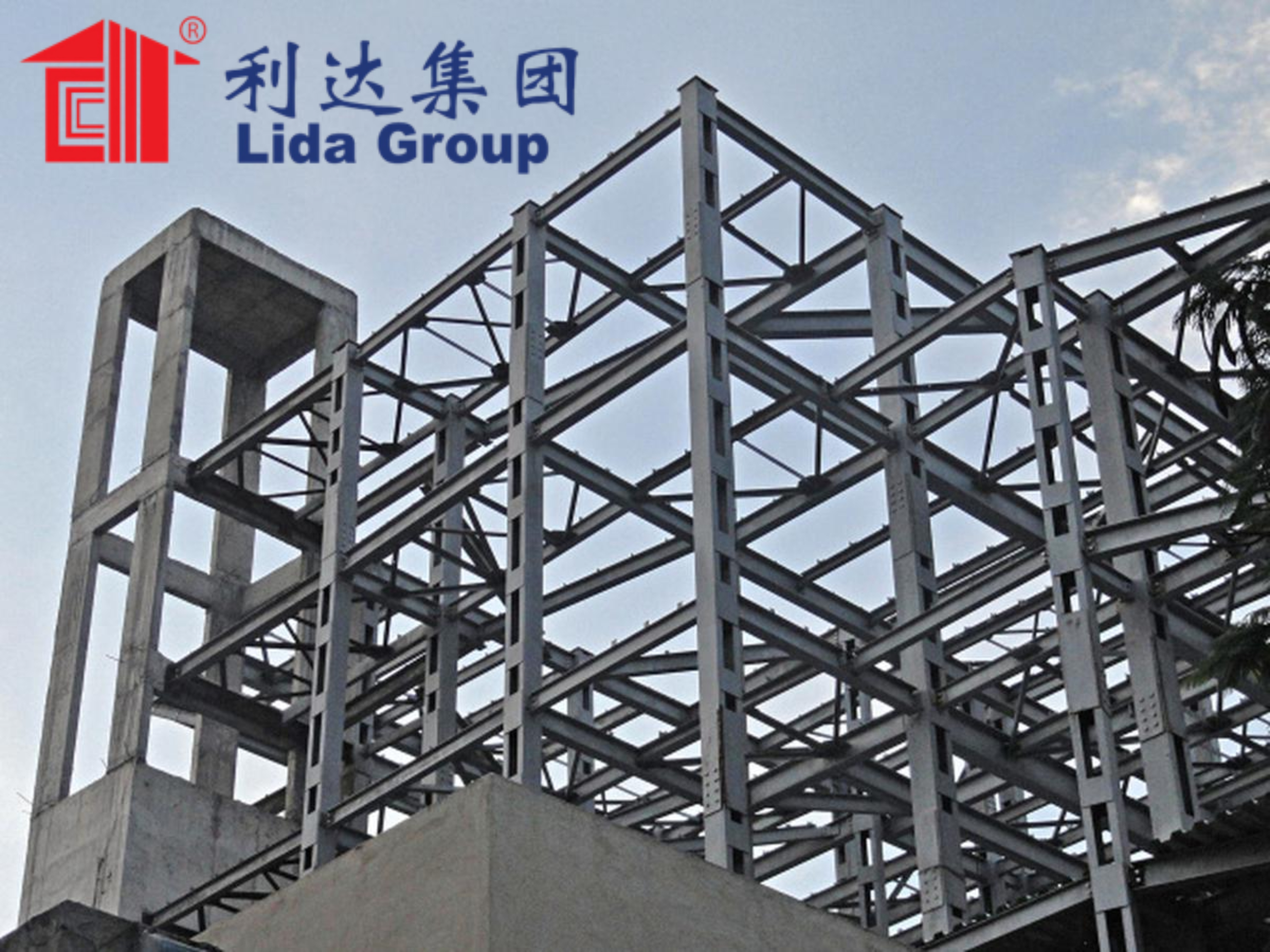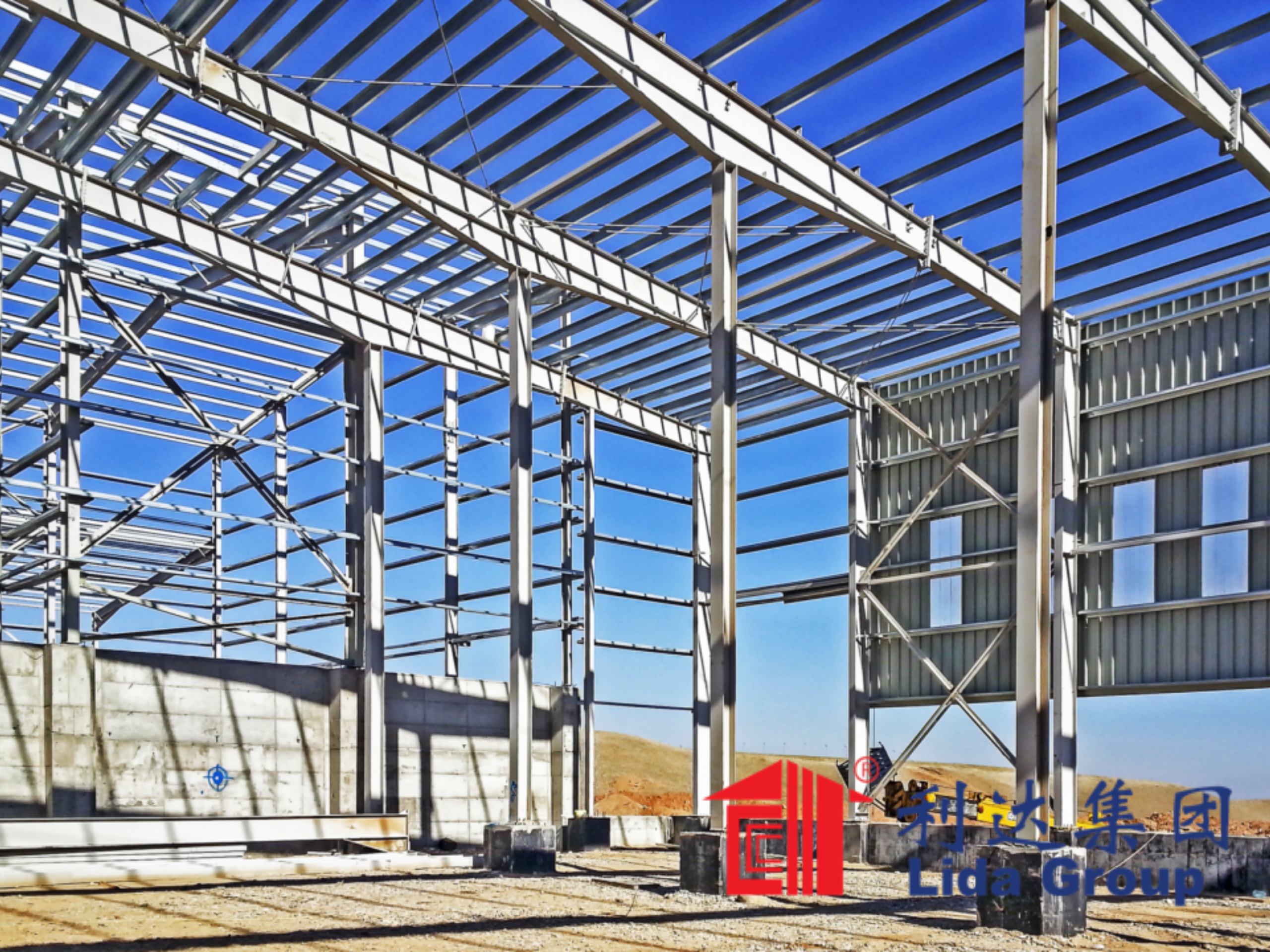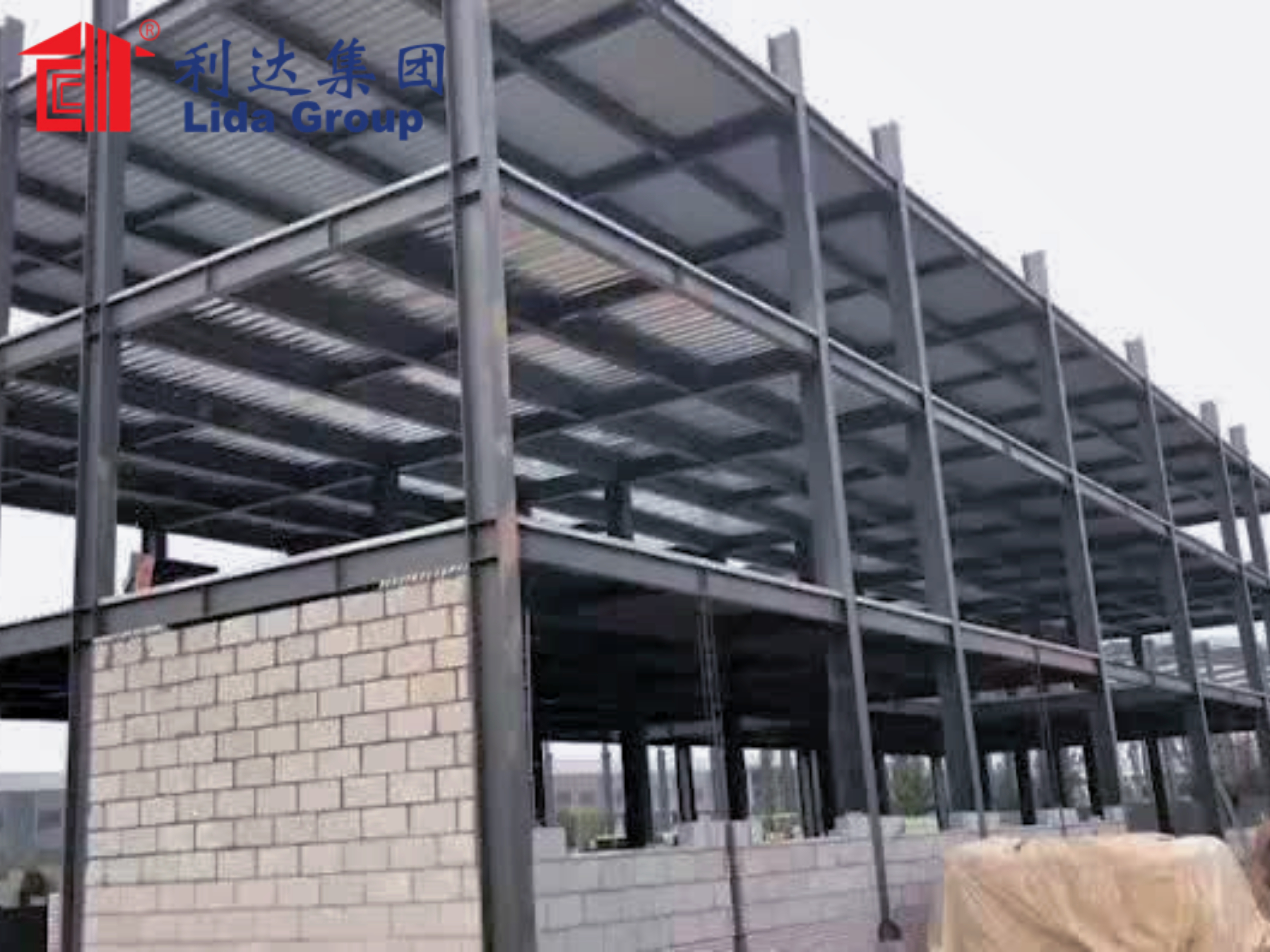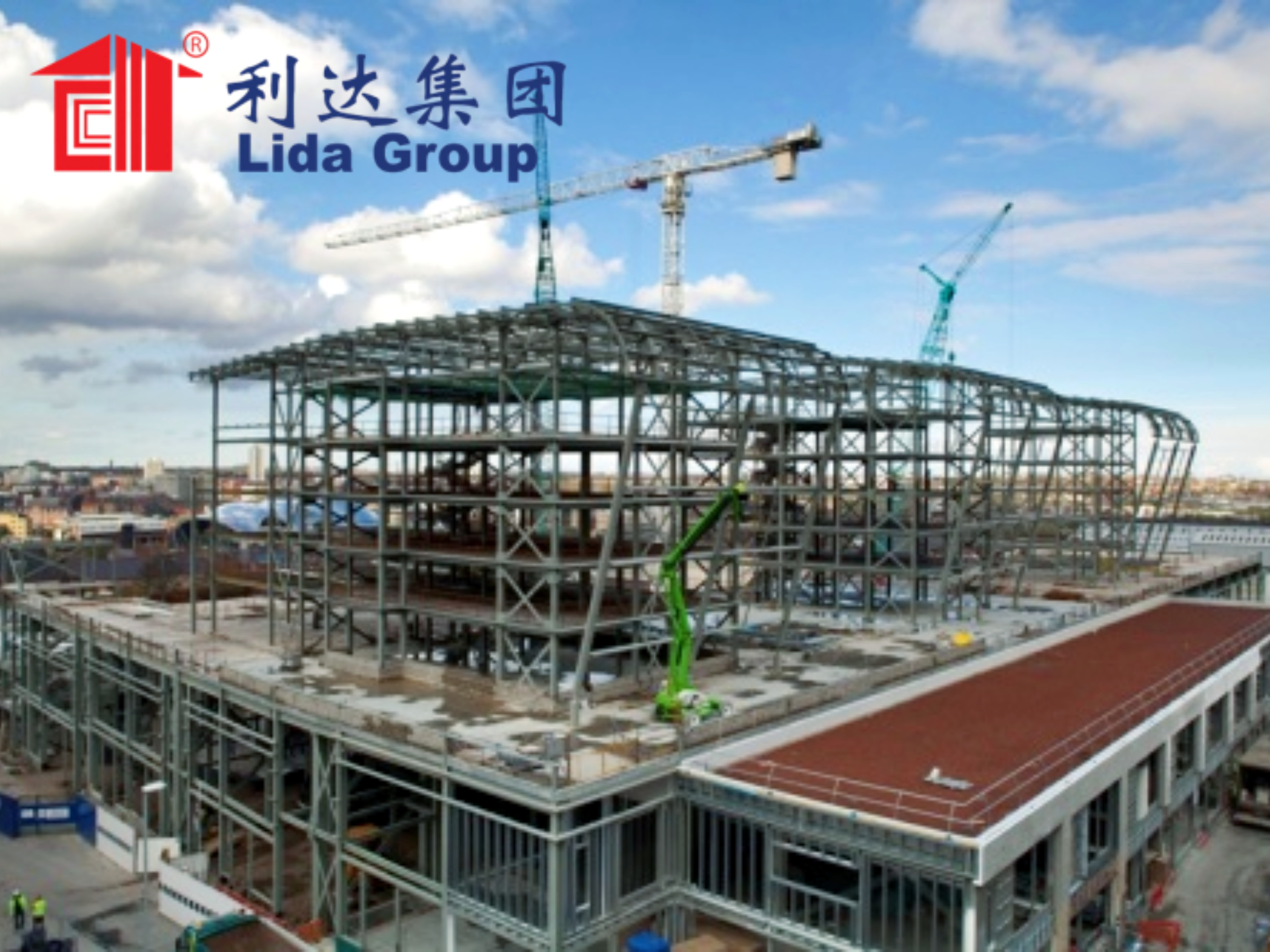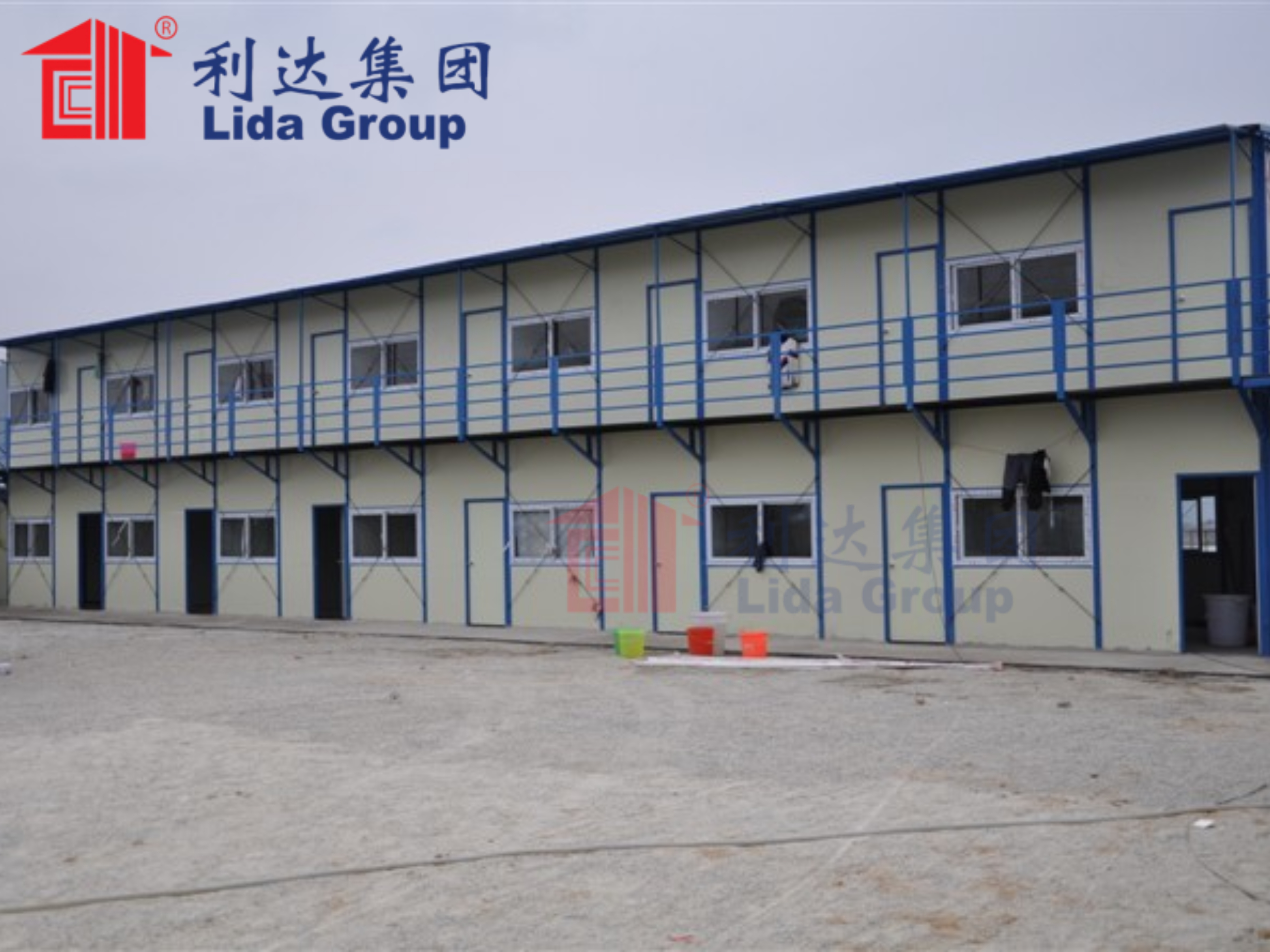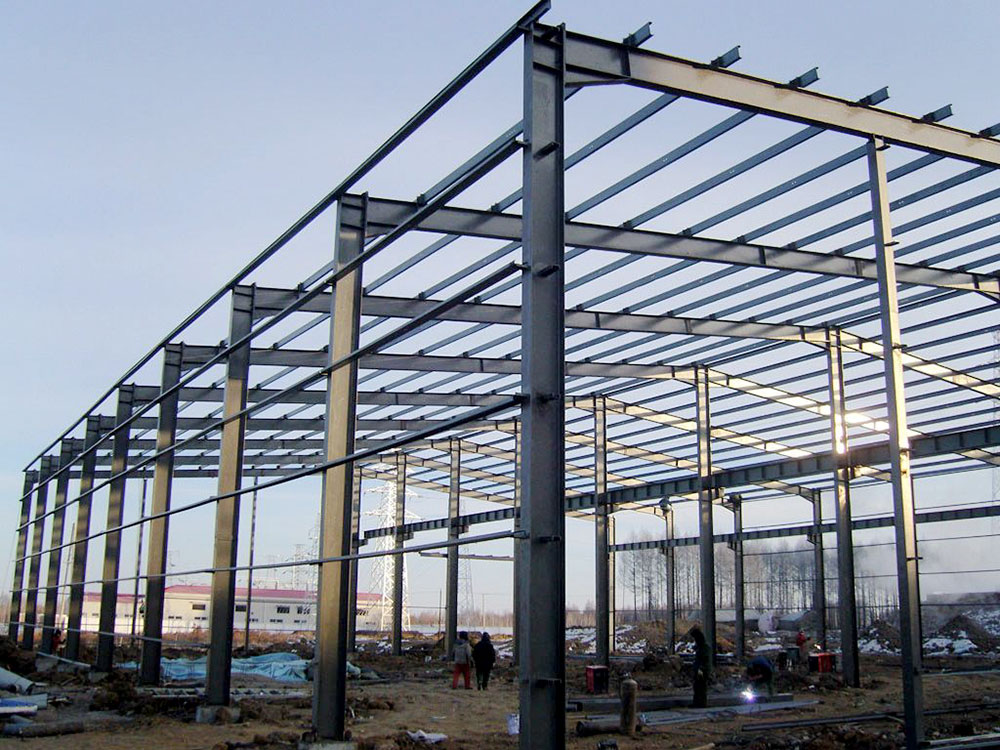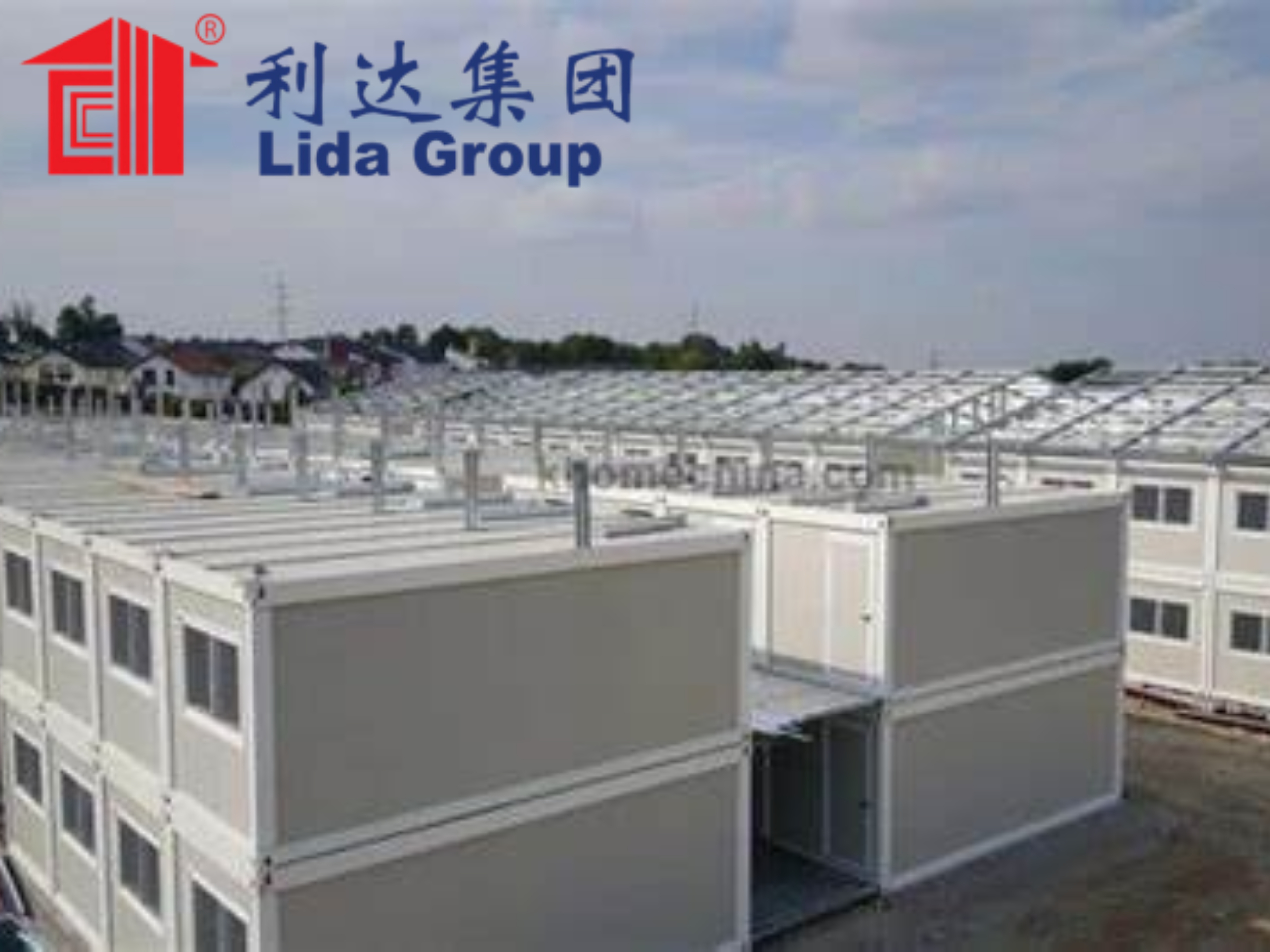PRODUCT INFORMATION
Introduction: The Rise of Steel Structure Buildings in the Construction Industry
Introduction:
In recent years, the construction industry has witnessed a significant shift towards the use of steel structure buildings. This modern construction technique, known as steel frame construction, has revolutionized the way buildings are designed and erected. The rising popularity of steel structure buildings can be attributed to their numerous advantages over traditional construction methods.
Steel structure buildings are characterized by their durability, strength, and versatility. The use of steel as a primary building material offers exceptional structural integrity and resilience against various environmental factors such as earthquakes, hurricanes, and fire. This makes them an ideal choice for regions prone to natural disasters.
Moreover, steel frame construction allows for greater design flexibility and architectural creativity. With the ability to span large distances without the need for intermediate support columns, steel structures offer vast open spaces and endless possibilities in terms of layout and functionality.
Beyond their structural benefits, steel structure buildings also contribute to sustainability efforts in the construction industry. Steel is a highly recyclable material that can be repurposed without compromising its quality or performance. By opting for steel frame construction, builders can reduce waste generation and minimize environmental impact.
The rise of steel structure buildings in the construction industry is not only limited to commercial projects but also extends to residential properties. Homeowners are increasingly recognizing the benefits of steel structures such as energy efficiency, reduced maintenance costs, and faster construction timelines.
In conclusion, the adoption of steel structure buildings represents a paradigm shift in modern construction techniques. Their durability, design flexibility, sustainability features make them an attractive choice for builders across various sectors. As we delve deeper into this section on “The Rise of Steel Structure Buildings in the Construction Industry,” we will explore different aspects related to this growing trend and delve into specific use cases that showcase their effectiveness in meeting today’s architectural demands.
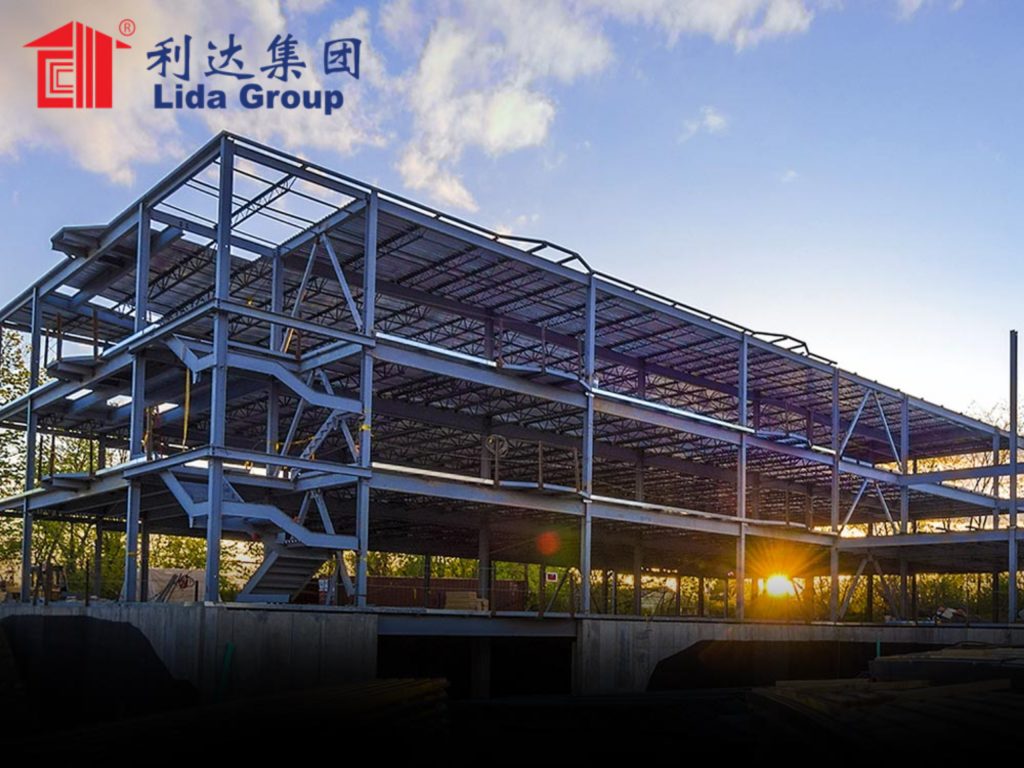
Benefits of Steel Structure Buildings
Durability and Strength: How Steel Structures Outperform Traditional Building Materials
When it comes to durability and strength, steel structures have proven time and time again that they outperform traditional building materials such as concrete. Steel’s unmatched strength makes it the ideal choice for constructing buildings that can withstand extreme conditions and last for decades.
One of the key advantages of steel over concrete is its remarkable strength. Steel has a high tensile strength, meaning it can resist heavy loads and external forces without buckling or collapsing. This inherent strength allows for the construction of taller and more spacious buildings, giving architects greater design flexibility.
Additionally, steel structures have a longer lifespan compared to their concrete counterparts. The corrosion resistance of steel ensures that it remains structurally sound even in harsh environments or areas prone to moisture. Unlike concrete, which can deteriorate over time due to water damage or exposure to chemicals, steel maintains its integrity and requires minimal maintenance.
Moreover, steel’s durability translates into cost savings in the long run. With a longer lifespan and reduced maintenance needs, owners of steel buildings can enjoy lower repair and replacement costs over time.
In summary, when considering durability and strength in construction, steel structures consistently outperform traditional building materials like concrete. From its exceptional strength to its corrosion resistance, steel offers unmatched longevity and reliability. Whether it’s for commercial or residential purposes, choosing a steel structure ensures a solid investment in a durable building that will stand the test of time.
Cost-effectiveness: Saving Time and Money with Steel Structures
In today’s fast-paced world, time and money are two valuable resources that everyone aims to save. When it comes to construction projects, opting for steel structures can provide a cost-effective solution that helps achieve both goals.
One of the key advantages of steel structures is their cost efficiency compared to traditional building methods. By conducting a steel building cost comparison, it becomes evident that the initial investment in steel construction is often lower than alternative materials. Not only are the material costs competitive, but the reduced labor costs associated with steel construction further contribute to significant savings.
Another compelling aspect of steel structures is their faster construction time. Unlike conventional building methods that require extensive on-site labor and time-consuming processes, steel structures can be fabricated off-site and then swiftly assembled at the construction site. This streamlined approach not only saves precious time but also reduces overall project costs by minimizing labor expenses.
Furthermore, energy efficiency is an important consideration in today’s environmentally conscious world. Steel structures offer excellent insulation properties, ensuring optimal energy conservation and reducing long-term operational costs. The inherent strength and durability of steel also enable the integration of energy-efficient systems such as solar panels or geothermal heating, further enhancing energy efficiency.
In conclusion, opting for steel structures proves to be a wise choice in terms of cost-effectiveness. From reduced labor costs to faster construction times and improved energy efficiency, these structures deliver substantial savings both during the initial investment phase and throughout their lifespan. By embracing this innovative approach to construction, individuals and businesses can enjoy significant financial benefits while contributing towards a sustainable future.
Versatility in Design: The Flexibility and Aesthetic Appeal of Steel Structures
Steel structures have revolutionized the world of architecture with their unparalleled versatility and aesthetic appeal. The architectural flexibility offered by steel allows designers to create structures that were once considered impossible. From soaring skyscrapers to intricate bridges, steel has become the go-to material for pushing the boundaries of design.
One of the key advantages of steel structures is their ability to span large distances without the need for intermediate supports. This feature, known as large clear spans, opens up a world of possibilities for architects and engineers. It allows for open floor plans, expansive interior spaces, and uninterrupted views, creating a sense of freedom and openness in any structure.
Moreover, steel structures offer customizable designs that can be tailored to meet specific project requirements. Whether it’s curves, angles, or unique shapes, steel can be easily manipulated to bring any design concept to life. This flexibility allows architects to explore new forms and push modern architectural trends.
In addition to its versatility in design, steel structures also offer aesthetic appeal that is hard to match. The sleek and modern look of steel has become synonymous with contemporary architecture. Its clean lines and reflective surfaces add a touch of sophistication and elegance to any building.
In conclusion, the architectural flexibility, large clear spans, customizable designs, and modern aesthetic appeal make steel structures an ideal choice for architects looking to create innovative and visually stunning buildings. With endless possibilities at their fingertips, designers can continue pushing the boundaries of what is possible in the world of architecture using this remarkable material.
Sustainability and Environmental Benefits of Steel Structures
Steel structures have emerged as a sustainable and environmentally-friendly solution in the construction industry. With the increasing focus on reducing carbon footprint and preserving natural resources, the use of recyclable steel components has gained significant traction.
One of the key advantages of steel structures is their ability to be recycled. Unlike other construction materials, steel can be reused multiple times without losing its quality or strength. This not only reduces waste but also minimizes the demand for raw materials, leading to a more sustainable construction process.
Additionally, steel structures have a longer lifespan compared to traditional building materials. This means that they require less maintenance and replacement over time, resulting in reduced energy consumption and lower environmental impact.
Moreover, steel is known for its durability and resilience, making it an ideal choice for buildings in areas prone to natural disasters such as earthquakes or hurricanes. By using steel structures, we can enhance the safety and longevity of our built environment while minimizing its environmental impact.
In conclusion, the use of environmentally-friendly construction materials like recyclable steel components offers numerous sustainability benefits. From reducing waste to conserving resources and enhancing building durability, steel structures play a crucial role in creating a greener future for the construction industry.
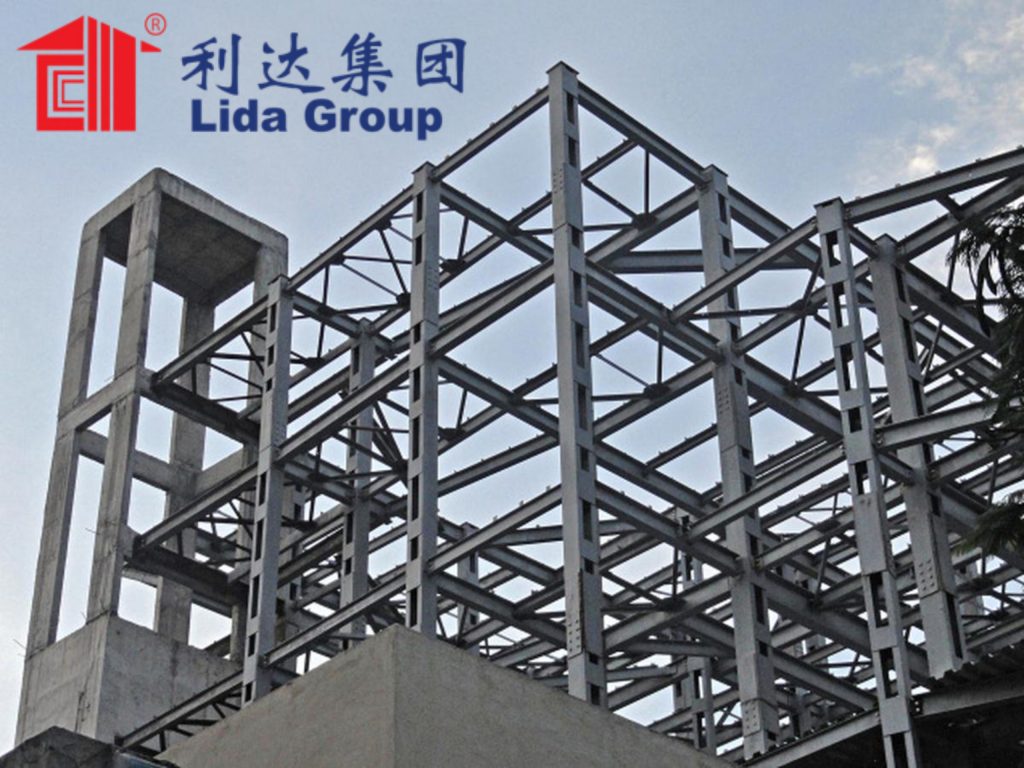
The Applications and Industries Benefiting from Steel Structure Buildings
Steel structure buildings have become increasingly popular in various industries and sectors due to their numerous applications and benefits. Industrial steel buildings, specifically designed for heavy-duty purposes, have revolutionized the manufacturing sector. These structures provide a robust and durable framework that can withstand extreme conditions, making them ideal for factories, warehouses, and distribution centers.
Commercial steel structures have also gained traction in the business world. These versatile buildings offer flexible floor plans and can be easily customized to suit the specific needs of businesses across various industries. Retail stores, office complexes, and even entertainment venues are now opting for steel structures due to their cost-effectiveness, quick construction time, and long-term durability.
Moreover, steel structure buildings are not limited to specific industries; they can be found in agriculture, automotive manufacturing plants, aviation hangars, sports facilities, and many other sectors. The applications of these structures are vast and varied.
In summary, industrial steel buildings cater to heavy-duty requirements while commercial steel structures provide flexibility and customization options for businesses across different sectors. The versatility of steel structure buildings makes them an attractive choice for a wide range of industries looking for durable and cost-effective solutions.
The Future Outlook for Steel Structure Buildings in Construction Industry
The future of steel structure buildings in the construction industry looks promising and holds great potential. As technology continues to advance, so does the innovation in steel construction techniques and materials. This has led to an increased interest and demand for steel structures in various sectors.
One of the key factors driving the future growth of steel structures is their inherent strength, durability, and versatility. Steel offers superior structural integrity, making it an ideal choice for high-rise buildings, bridges, stadiums, and other large-scale infrastructure projects. Its ability to withstand extreme weather conditions and seismic activities further enhances its appeal.
Moreover, steel structures are known for their sustainability and eco-friendliness. With a growing emphasis on green building practices, steel is being recognized as a sustainable alternative due to its recyclability and energy efficiency. The use of advanced manufacturing processes also contributes to reducing waste during production.
Another aspect that bodes well for the future of steel structures is their cost-effectiveness. Despite initial investment costs being higher than traditional construction methods, long-term benefits such as reduced maintenance expenses, shorter construction timeframes, and enhanced safety make them a cost-efficient option in the long run.
Furthermore, advancements in design software and engineering techniques have made it easier to customize steel structures according to specific project requirements. This flexibility allows architects and engineers to create innovative designs that push the boundaries of architectural possibilities.
In conclusion, with its strength, durability, sustainability features, cost-effectiveness, and design flexibility – the future outlook for steel structure buildings in the construction industry appears bright. As technology continues to evolve alongside growing environmental concerns and changing market demands – we can expect further advancements that will solidify steel’s position as a preferred choice in modern construction practices.
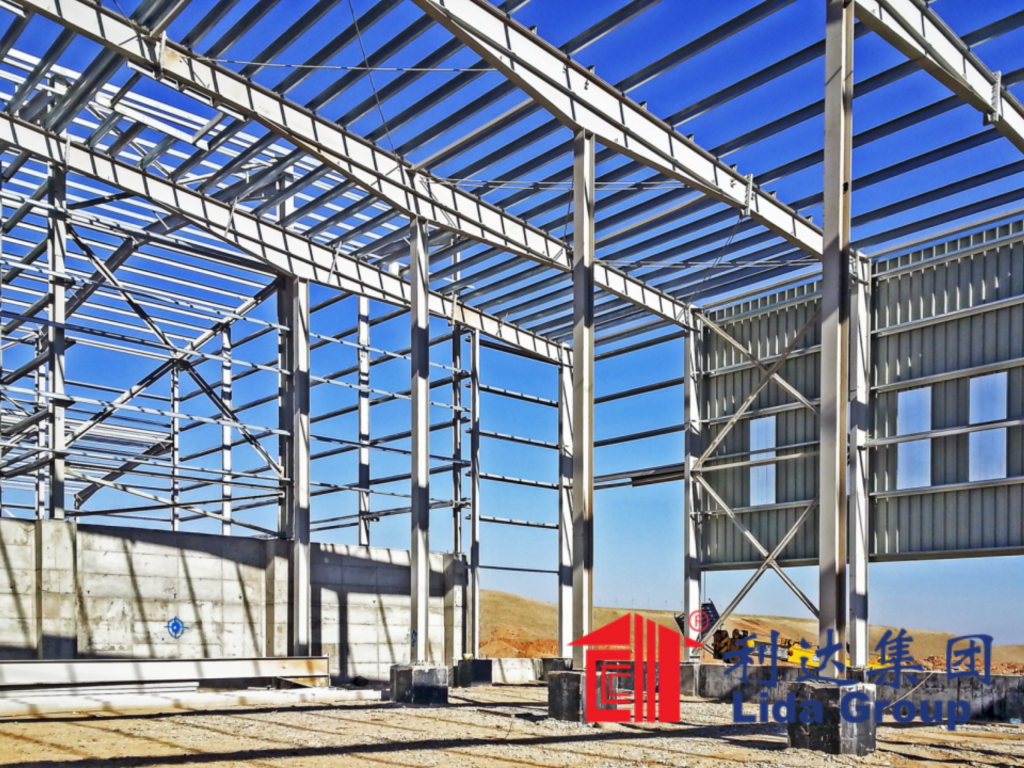
Conclusion: Embrace the Advantages of Steel Structures for Your Next Construction Project!
In conclusion, embracing the advantages of steel structures for your next construction project is a smart decision that can bring numerous benefits. Steel structures offer unparalleled strength, durability, and versatility, making them an ideal choice for a wide range of construction projects.
By opting for steel structures, you can ensure that your building will withstand the test of time and adverse weather conditions. The inherent strength of steel provides excellent structural integrity, giving you peace of mind knowing that your project is built to last.
Furthermore, steel structures are highly customizable and adaptable. They can be easily modified or expanded to accommodate future needs or changes in design. This flexibility not only saves time and money but also allows for seamless integration with existing infrastructure.
Another significant advantage of steel structures is their eco-friendliness. Steel is a sustainable material that can be recycled indefinitely without compromising its quality. By choosing steel, you contribute to reducing environmental impact and promoting a greener future.
Additionally, steel structures offer cost savings throughout the entire lifecycle of the building. They require minimal maintenance and are resistant to pests, fire, and corrosion. This translates into lower repair and replacement costs over time.
In conclusion, embracing the advantages of steel structures empowers you to create buildings that are strong, durable, adaptable, environmentally friendly, and cost-effective. So why settle for anything less? Make the smart choice for your next construction project by embracing the benefits that steel structures have to offer!

Typical drawings of Lida The Advantages of Steel Structure Buildings: Why They are the Future of Construction
Specification of Lida The Advantages of Steel Structure Buildings: Why They are the Future of Construction
Send Your Message
Our team will use our experience to provide the professional services .


